6 ways to boost your mobile app engagement & user retention
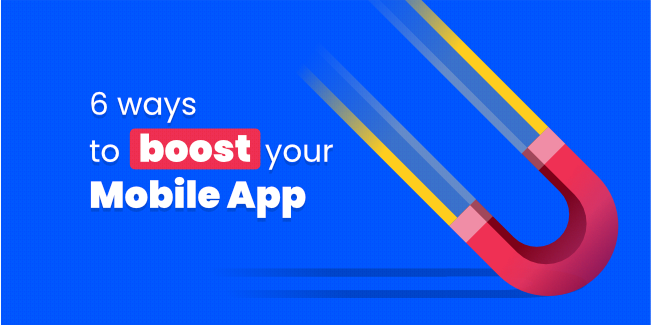
Creating an engaging app is in everyone's interest. App developers want their products to stay on the market as long as possible and outperform their competitors. Unfortunately, according to Statista, only less than 35% of users will stay with the application after installing it. Over the month, that number will drop to 10 percent or less, depending on the industry.
So now the question arises - How to keep the user with our app and how to increase the engagement of an app? The key to success is the very beginning - proper preparation for creating an app from scratch. The process itself is challenging and requires time and money. Therefore, each application should be developed by the software development life cycle. Thanks to this, you will be sure that each stage has been properly prepared and implemented. If you need to learn how to create a successful application, use Discovery Workshop, during which your idea for the application will be thoroughly analyzed. Then all critical steps in this project will be determined and written (from Product Design, through Product Roadmap, Techstack, to Prototype and MVP). We have prepared a series of articles on the topics covered during the Discovery Workshop. Participation in the Discovery Workshop will be helpful, regardless of whether you decide to develop the application yourself or use the help of a trusted software development company.
In our article, we discuss the subject of mobile app engagement & user retention in detail because we know that these are critical issues in mobile app development.
Why is App Engagement so crucial nowadays?
App Engagement is one of the critical factors that influence user retention. Nowadays, there are over 3 million applications in the Google Play store alone, so if the user does not like something about our application, he has a lot of replacements around him.
Up to 1/4 of users abandon the application after only one use! It only shows how much the landscape of mobile applications has changed. Unfortunately, these are not the times of the NOKIA 3310 and the snake we played for hours due to lack of choice (although I think the snake was very well made).
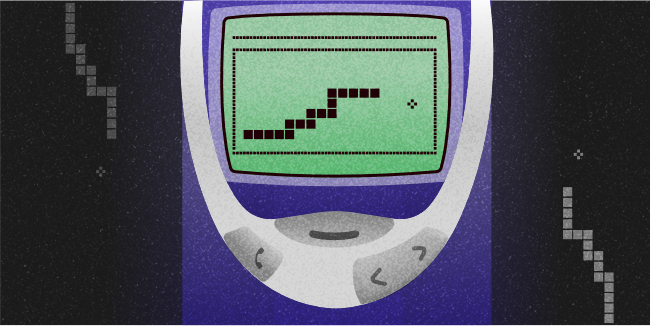
If our application does not make an excellent first impression, we may lose 25% of users right from the start. If, however, the user decides to stay with us, there is a perfect chance that the application will get boring or annoying for him. That is why providing the reasons for the user to come back and refining them to perfection is crucial, especially now, in the mobile era.
To ensure that your application is doing well, you should control in-app behaviors and establish KPIs and metrics for your mobile application.
Data is here to help you
Mobile app analytics is one of the best ways to go when you want to achieve long-term success. We've collected the key metrics and KPIs used by experts so that you can be sure what to check!
What to check?
User activity
First, you need to meet with your product team and determine what an active user is for you. Active users can be people who log into your application, go to a given page, use given app features or spend a given amount of time in the application.
If you determine who the active user is for you, you will be able to start measuring their quantity on a given day (DAU), week (WAU), or month (MAU). It is a relatively simple step, but you will only get the essential user data of value to you by figuring out who the active user is.
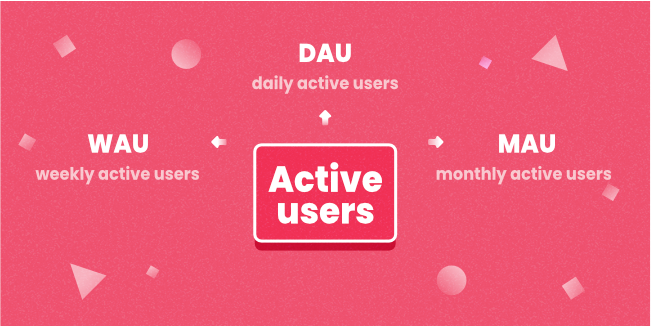
Retention rate
Retention rate is one of the critical aspects you must pay attention to when carrying out in-app analytics. It is a percentage that shows how many people continue to use your app over a week or a month.
Typically, retention is calculated by dividing the number of Monthly Active Users (MAU) you established in the previous point by the number of installs in the given period. Your app may have a lot of downloads, but if no one is using it, it's time to look into it.
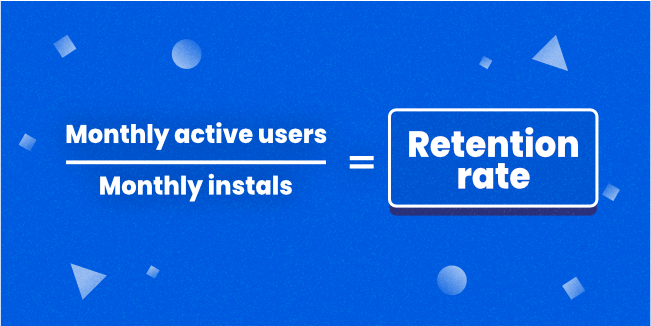
Churn rate
The churn rate is the exact reciprocal of the retention rate. Therefore, this rate should go down while improving your application, while the app retention rate should skyrocket! Lowering this ratio as much as possible is important because user acquisition is more expensive than retaining users.
The use of tools such as Google Tag Manager and Google Analytics may allow you to track user behavior and check when the user tends to churn.
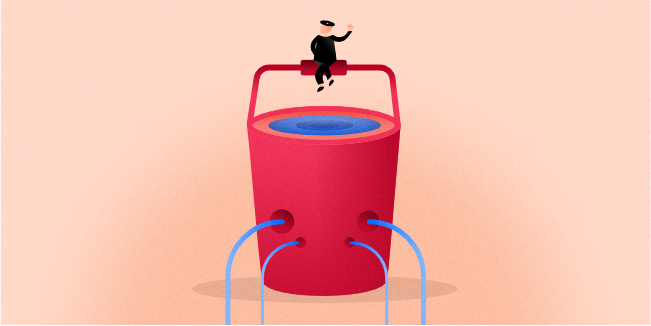
Session length
Time of app usage is an issue that shouldn't be overlooked. This statistic depends strictly on the nature of the application you have. The long duration of the session is not always nice to see because, in the case of simple applications, such as the weather application, the user comes with a clear goal that should not take a long time to complete. That's why long sessions may mean that the interface is confusing and too complicated.
It is worth averaging the time users spend in the application to have clear data to compare new results.

Initial User Engagement
Measuring new user engagement with your application is a crucial metric. It is because if the new user does not fit into your "Active User" framework within the first week of downloading, there is a very high probability that they will never return to your application.
If your week one retention is lower than 30%, it may mean that your user onboarding /signup process needs some fine-tuning. The week one retention rate also shows how well the UX/UI layer is built because the new user behavior is the best indicator of the product's intuitiveness.
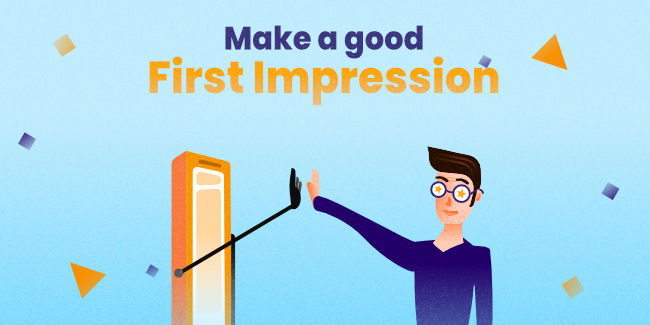
How to boost the stats?
If you want your statistics to look their best and thus your application to be liked, you should know ways to improve user engagement. Over the years, we have developed many mobile apps, so we know perfectly well what suits the user and what doesn't.
Here are the 6 best methods for increasing app engagement and app retention that we at mDevelopers used for our client UJJI. We hope they will help you!
6 best methods to boost retention and engagement of your app
Onboarding
We'll start with where your users start - the onboarding process. Our data shows that a well-designed onboarding process can increase retention by up to several dozen percent! It is because the first contact with the application is significant. As we mentioned, the user now has a vast selection, so if we disturb him with something in the first minutes, it is possible that he will not come back to us.
A good onboarding process should be simple, understandable, and fairly quick. Data from the Clutch survey shows that nearly 72% of respondents thought that the onboarding process shouldn't take more than 60 seconds. At this point, the user is only getting to know your application, so you should provide them with reasons to go through this process. In a word, show the benefits of the application.
A good example of well-made onboarding is in the application that we built for our client UJJI. After launching it, you get 2 screens explaining why it is worth going through the registration process and then the login screen. Simple and transparent!
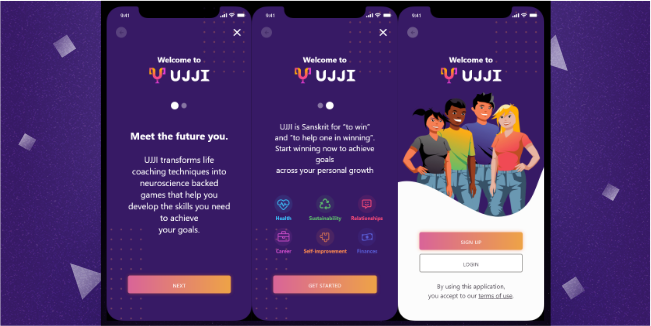
Additionally, you may notice that we have used a progress bar. We did it so that new users would know how long the onboarding process would take. Data security is essential for over 76% of users, and therefore, on the login screen, the user can read the terms of use immediately.
Push notifications
Probably many of us once downloaded an application and forgot about it. In the hustle and bustle of everyday life, it is no wonder that the application must be able to recall itself. That's why people invented push notifications.
It is a great way to get the user involved when they aren't even in the app! The average American smartphone user receives around 46 notifications per day. It's a lot, and that's why when designing push notifications, we need to focus on refining them so that the user has a reason to click on our notification.
The most important aspects are the content and the reason behind the notification.
You have to consider who the user to whom the push notification will come is and why they should engage with it. I will use an example to illustrate this. If you have an e-commerce application, instead of letting users know about the new features of the application, you can use push notifications to kindly remind the user that the product he recently viewed has been discounted.
Another vital aspect is revealed here, i.e., personalized push notifications. In the crowd of notifications, the user should find yours and think, "Oh great, I didn't know" or "Oh, I forgot to complete the order." Our main goal should be to elicit a positive reaction.
If we already have the user's interest, it would be helpful to redirect him to the appropriate place. We use deep linking for this. Deep links allow you to take the user to the exact place in the application that we are talking about in the notification, not the headline screen. It shortens his path and significantly improves the user experience.
Push notifications can also be used to interest our users again. Push notifications are the only option for the application to engage users without their interference. As we already know, acquiring users is much more expensive and less effective than keeping the user with you. Therefore, it is worth implementing the post-reminders!
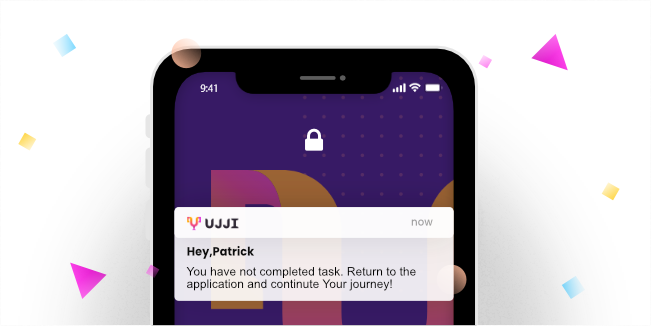
App gamification
Using one app while there are so many other appealing apps on the market can be tiring for all of us after a long time. So why would it be any different for the user of your application?
Gamification is an excellent solution for boosting app user engagement when key application features are based on similar repetitive patterns, such as Snapchat. You get points and rewards for sending photos repetitively.
As humans, we are a species that loves to compete with others and be awarded. Therefore, in technology, a trend known as gamification arose. It introduces elements known from computer games to the application - achievements, digital prizes, or challenges. If you want to go all the way, you can even implement mini-games in your app that the user will have to go through to continue their customer journey.
For our client UJJI, we used gamification in 100% by implementing not only achievements and rewards but also mini-games that encourage users to achieve their goals. It does not sound too special, if not for the fact that the UJJI application aims to fight procrastination and allows for self-improvement! Users do it through play, and thanks to that 93% of users found the app fulfilling its assumptions and helpful in achieving goals
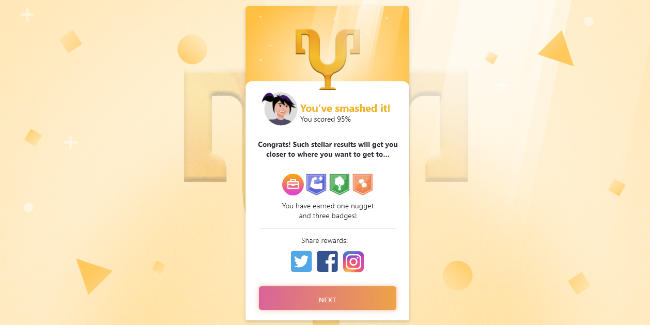
Personalization
We touched on the topic of personalization with push notifications, but it's just a needle in a haystack.
Anyone who describes themselves as homo sapiens likes to feel special and feel like the app knows them. That's how we are coded. Your application should contain as many elements as possible that can be personalized for a given user to enter this code.
From simple mechanisms like push notifications or in-app messages to complex algorithms that match the application's content to your interests and needs. All these activities are aimed at making the new users loyal app users.
However, at today's level of technological advancement, for the user to undergo this conversion, he must get a product that learns it and performs its role better and better. Implementing simple solutions such as in-app messaging is not enough anymore. It is why apps like Spotify are doing so well in the market. Each of us likes to discover new things, and if these things are ideally suited to our interests, this is the perfect situation.
To achieve such a high level of personalization, which is required in these times, we must turn to artificial intelligence.
When creating the application for UJJI, that's what we did. We are currently creating an AI that will select the most tailored materials to get as much out of contact with the application possible. Moreover, users have an option to create a personalized avatar of themselves!
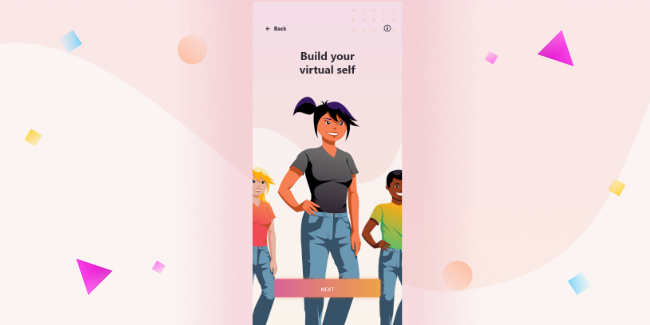
Speed
The pace of our life has significantly accelerated over the last few years, and it is understandable, the development of technology, greater demands on ourselves, greater prospects. What can I say? Research shows that we even walk 10% faster than in 1990.
In our current lives, we take one thing for granted - applications must be fast. Research by Google shows that loading the application page for more than 3 seconds increases the bounce rate by 60%!
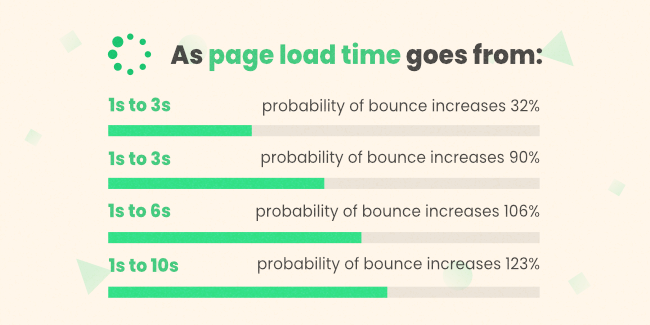
Therefore, if you notice that your application's user engagement and retention are low, you should speed-check the situation. If you use analytical tools like Google Analytics or Microsoft Clarity, you can check where the highest bounce rate appears in your application. Test the speed of these places first!
Iterate
Regardless of what stage your application is at - MVP, Beta, or maybe it is already on the market, you should check all the most critical statistics on an ongoing basis and release updates when something does not work and scares users away.
It is essential in the Android environment as it is a system that runs over 24000 different smartphone models. With this variety, bugs will always appear, and it's your job to locate and fix them.
That is why the constant support of the application and its updates are so crucial to keep the user with you.
Build your app right from the very beginning
You've learned six ways to enhance app engagement and user retention, and we sincerely hope that they will help you fine-tune your app to perfection!
However, if you are starting to build an application and are looking for information on how to do it right from the beginning, you should consider a few more aspects in addition to the above points.
Enrolling in Feasibility Study & Discovery Workshop
If you want your application to have no retention and engagement, the first thing you should do is to create a plan and answer key questions.
We at mDevelopers have been helping new companies and startups for over 12 years, which is why we know exactly how to start working on the application - by conducting Feasibility Study & Discovery Workshop. The effects of such a workshop are:
- Written documentation summarizing the workshop output.
- A clear roadmap to a successful product.
- Initial estimation of time and budget.
- Located hidden pitfalls.
- Definition of MVP (minimum viable product).
- Validated idea.
- Product feasibility report.
Thanks to careful planning, our customers' applications never struggle with the problems that this article answers!
Testing the app
If you take your application to the point where it is usable (in alpha or a beta version), it is a great idea to test it with your target group. Thanks to this type of test, we know, for example, that 90% of users are satisfied with the client's application and would use it further.
Such information is invaluable because it confirms our subjective opinion that the application is ready. However, it is even better if the test user shows us the pain point in our application because then we can repair it immediately before thousands of people see him.
I will quote once again what we repeat in this article as a mantra -it is better to keep the user with you than to acquire a new one. Therefore, conducting tests after each stage of work, and indeed, before the market premiere, is crucial for the application's success!
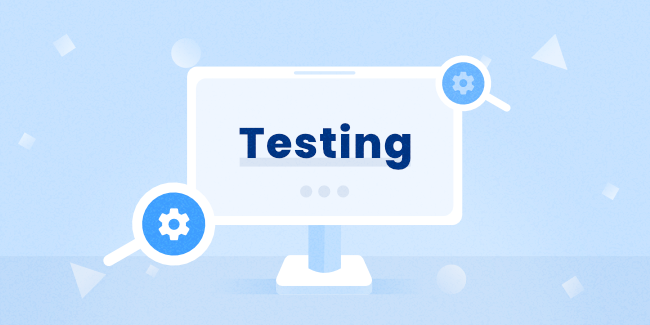
Wrapping up
Keeping a user with you is a much more profitable tactic than acquiring new ones; that's a fact. Therefore, regardless of whether you already have an application and want to improve its reception, or you are just starting to create it and want it to work well from day one, you should base your actions on data.
Tactics that we showed in this article are only a tiny part of the actions we at mDevelopers take to ensure the long-term success of applications. Therefore, if you encounter any problem not solved in this article, we invite you for our free consultation.
Best of luck to you and your app!